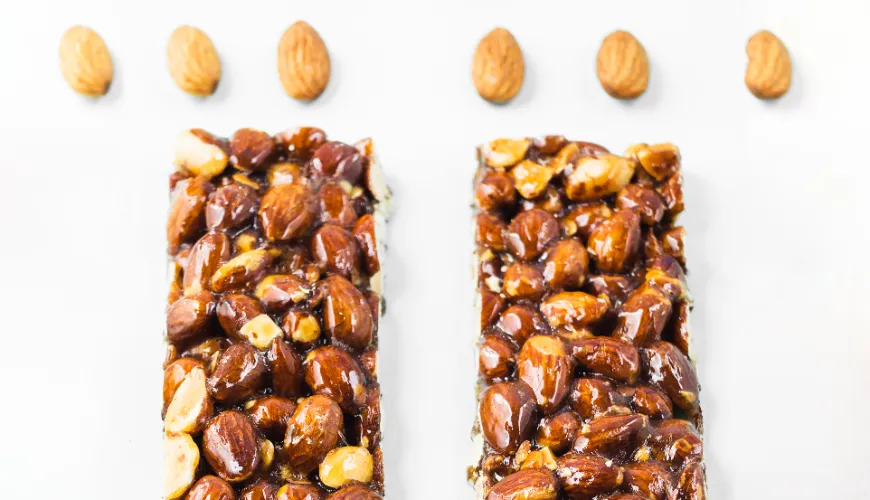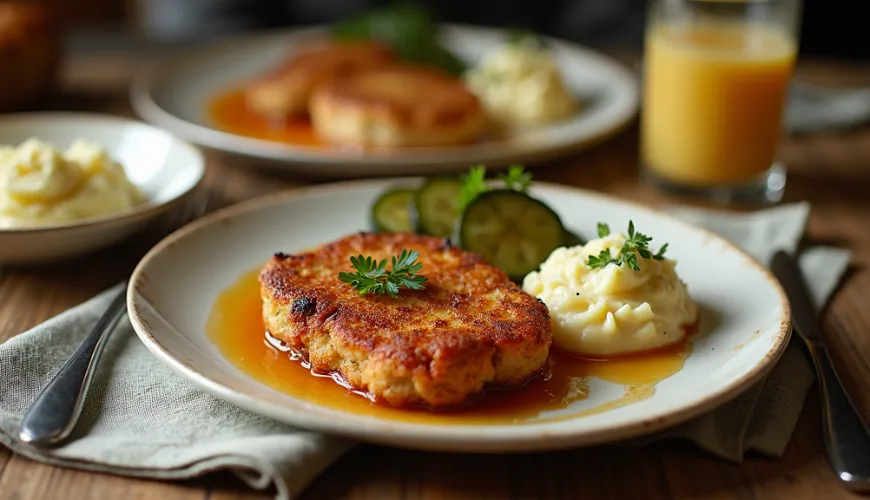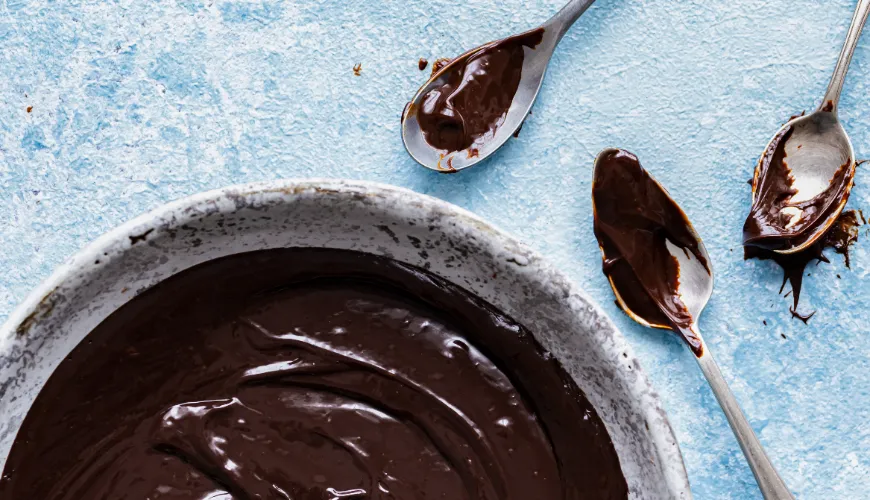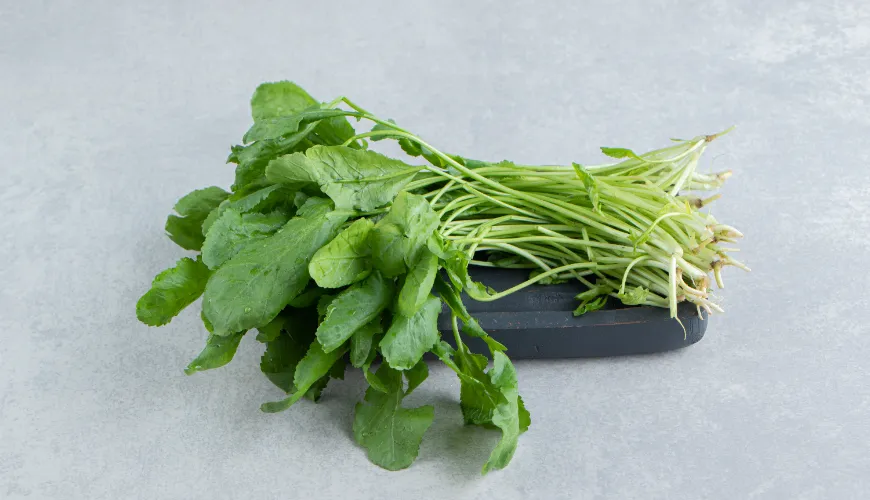
How to Make Grandma’s Dutch Schnitzel in a Healthy Way?

Dutch Schnitzel from Grandma - A Treasure of Czech Cuisine That Deserves a Return to the Plate
In every family, there's at least one dish that, perhaps quite unassumingly, has made its way into the memories of several generations. For some, it's yeast buns, for others, the fragrant beef sirloin, and for others still, it's grandma's Dutch schnitzel recipe. Why does this dish, which has almost nothing to do with the Netherlands, remain so deeply rooted in Czech cuisine? And why does it deserve a comeback in today's households, where there's a growing search for balance between tradition and a modern, healthier lifestyle?
The Dutch schnitzel is a dish that carries not just flavor but also a story. It's not a dish that dazzles with its exoticism, but rather its homeliness, simplicity, and heartiness make it a classic that never fully disappeared—it just sometimes gets forgotten. And today, when people are turning back to homemade recipes, quality ingredients, and honest cooking, the Dutch schnitzel in grandma's style is experiencing a subtle but very welcome comeback.
Why “Dutch” When It's So Czech?
Let's start with what surprises most people: why is a dish made from minced meat with cheese, breaded like a schnitzel, called "Dutch" when it has almost no historical connection with the Netherlands? According to some theories, the name is inspired by the "Dutch" variant of minced meat that once appeared on menus in Czech pubs. Others say it was simply a marketing trick to add something extra to an ordinary meat patty. Whatever its origin, today the term "Dutch schnitzel" is associated by most people with a homemade lunch, school cafeteria, or their grandmother's kitchen.
The real Dutch schnitzel, as most remember it, is a combination of minced meat, grated cheese, and spices, formed into a patty, coated in breadcrumbs, and fried until golden. It sounds simple—and that's precisely its charm. In simplicity often lies the greatest strength of traditional cuisine.
Grandma's Recipe Passed Down
In every family, the recipe varies slightly. Some add a bit of mustard, others insist that the meat must be freshly minced, ideally a mix of beef and pork. Eggs can't be missing, a little breadcrumbs for thickening, and especially cheese—usually classic Edam, but Gouda or Cheddar are also common. It's the cheese that gives the Dutch schnitzel its typical tenderness and slightly salty taste.
Many might recall how grandma stood by the stove, slowly turning the schnitzels on the pan, releasing the unmistakable aroma of home cooking. They were served with mashed potatoes, sometimes just with bread and pickle, but always eaten to the last piece. Grandmas knew it wasn't just about filling you up—it was about hospitality, bringing the family together at one table, and creating a moment that would be remembered.
Today, when cooking is often rushed and meals are consumed at the computer or on the go, perhaps the atmosphere that the Dutch schnitzel symbolizes is being lost. But that's why its comeback makes sense—as a reminder that food can be more than just fuel.
Traditional Taste in a Healthier Form
Of course, today places different demands on diet than it did thirty years ago. People are more concerned about the composition of their meals, the origin of ingredients, and the health impacts of their diet. But that doesn't mean we have to abandon traditional recipes—on the contrary, we can adapt them to new requirements.
The Dutch schnitzel can easily be prepared in a healthier version that retains its character but is gentler on the body and the planet. Simply swap frying in oil for baking in the oven, replace classic Edam with lower-fat cheese, add fresh herbs, and choose meat from organic farms or completely replace animal protein with a plant-based alternative.
A plant-based version of the Dutch schnitzel? Why not! Nowadays, there are excellent substitutes for minced meat based on pea protein or soy, which, when combined with plant-based cheese, create a great alternative. And if you add homemade mashed potatoes with plant milk and roasted vegetables, you get a wholesome and tasty meal that will please even those avoiding animal products.
Such an approach beautifully demonstrates that tradition and sustainability don't have to contradict each other—they can complement each other.
A Story from Home
One mother from central Bohemia shared how she decided to prepare the Dutch schnitzel for the first time according to her grandmother's recipe, who was no longer with them. She found an old recipe notebook where, alongside grease stains and various notes, she found this gem. She spent the whole afternoon preparing it, involving her two children, who were breading schnitzels in flour, eggs, and breadcrumbs for the first time. When they sat down at the table, there was a silence—the kind of silence we recognize from moments when the food is so good that conversations pause for a bit. "It was one of the nicest dinners we've ever had," she says with a smile. "And it wasn't just the food itself. It was what the food represented."
When Recipes Bear Values
This is precisely the power of a recipe like grandma's Dutch schnitzel. It's not just a mix of meat and cheese—it's a piece of tradition, home, and care. In today's fast-paced world, where there's increasing talk of a return to sustainability, it's good to remember that even in the kitchen, we can connect the past with the present. That dishes we know from childhood don't have to be forgotten—they can just be rediscovered.
And maybe that's why the Dutch schnitzel should remain in modern cookbooks. Not as a relic of the past, but as a reminder that honest home cooking makes sense. And that even the simplest dish can carry something deeper—the taste of home, a touch of the past, and the promise of shared time.
As the French gastronomic philosopher Jean Anthelme Brillat-Savarin once said: "Tell me what you eat, and I will tell you what you are." In that case, perhaps everyone can hope that one day someone will say: “He ate Dutch schnitzels according to his grandmother's recipe. And he ate them with respect."

